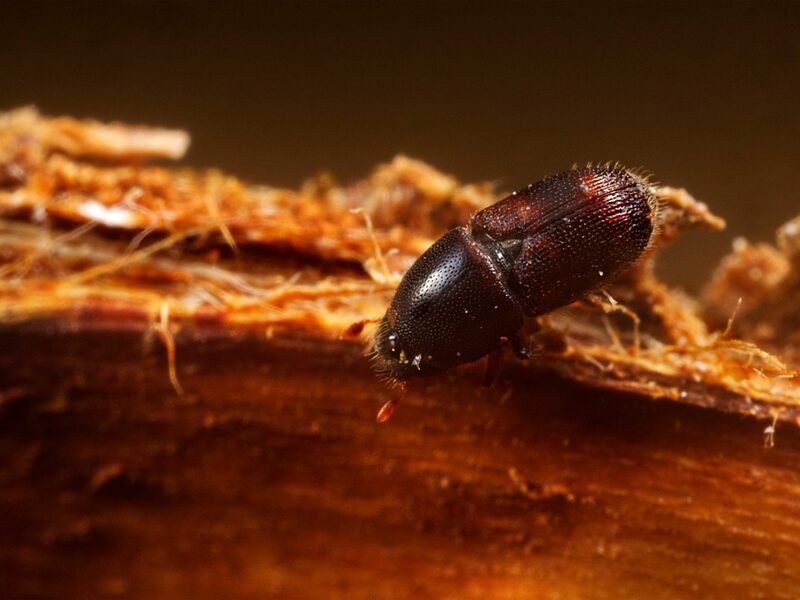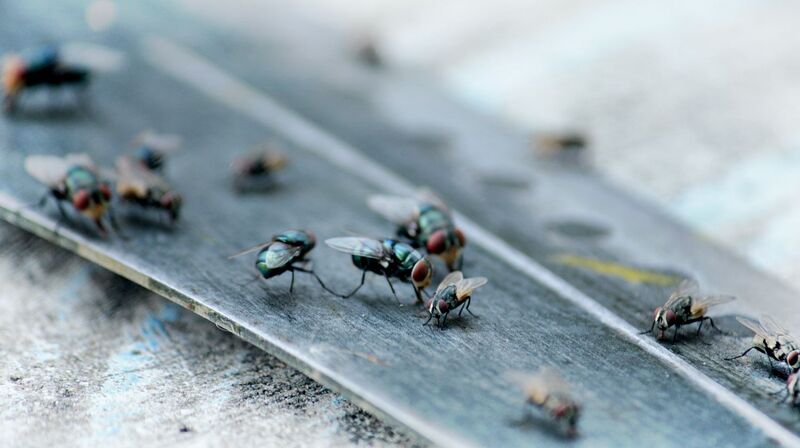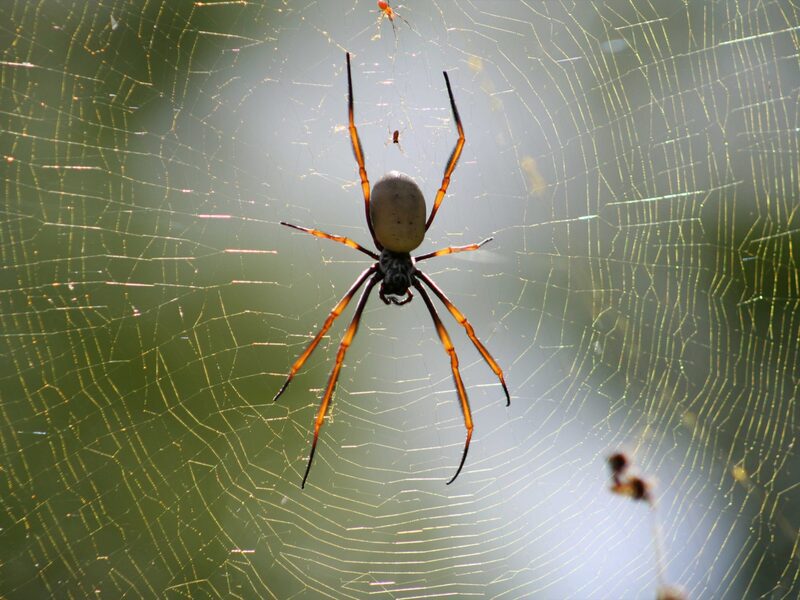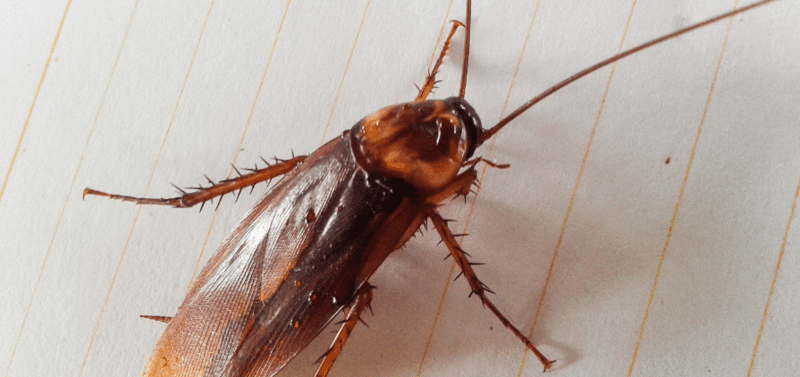-
Pest Control
With more than 8000 technicians, we are ready to protect your home.
Get a free preview -
Pest Library
With more than 8000 technicians, we are ready to protect your home.
Discover our insect library
winter insects
Protect your home or business from winter insects by learning identification and control techniques.
- Home
- Library
- Winter insects
- winter insects
Common pests during winter:
When winter weather arrives, some pests go into hibernation while others enter homes in search of warmth and food sources. Common winter pests include mice, rats, raccoons, cockroaches and spiders. So, follow these quick tips to prevent their spread during the winter:
These are the most prominent winter pests:
1- House mouse:
The house mouse is one of the most common rodents, and house mice usually nest in dark, secluded areas such as attics and basements. These rodents can cause serious property damage by vandalizing drywall as well as wiring that can start an electrical fire. House mice are also known to contaminate food and spread diseases, including salmonella and tapeworms.
2- The Norwegian mouse:
Norway rats often nest in basements, piles of debris and more and have been known to gnaw through almost anything – including plastic or lead pipes – to get food or water. Norway rats are also carriers of many diseases.
Quick Tips:
Norwegian mice can enter through an opening as small as 1/2 inch (or the size of a quarter). Check the outside of the house for any gaps or cracks and fill them in with silicone caulk.
Eliminate sources of moisture in crawl spaces and basements.
Regularly check indoors for signs of infestation, including for signs of greasy rubbing caused by the oily fur of mice.
3- German cockroaches:
The German cockroach is the most common type of cockroach, and German cockroaches prefer to live in small areas close to food and moisture, so human homes make the ideal habitat.
This type of cockroach often travels indoors through grocery bags, bins, and used appliances, and is commonly found in kitchens and bathrooms. German cockroaches can contaminate food sources and spread bacteria and human pathogens. Moreover, cockroach allergens are known to trigger allergies and exacerbate asthma symptoms, especially in children.
Quick Tips:
Keep counters and floors clean and free of crumbs.
Vacuum frequently and dispose of trash regularly.
Pay attention to kitchens and bathrooms, especially under appliances and sinks.
4- Solitary brown spiders:
Solitary brown spiders prefer to spin webs in undisturbed places, such as closets, attics, crawl spaces, and basements. Like other types of spiders, brown recluse is often found inside cardboard boxes, along window moldings and in rarely used clothes and shoes. These spiders can bite and inject venom if disturbed, making them dangerous to humans.
Quick Tips:
Keep trees and shrubs trimmed away from the house and cut the overhanging ends on the ceiling. This will help reduce the chance of spiders finding their way inside.
Store clothes and shoes inside plastic containers, and pay special attention to shoes, baseball gloves, and gloves that are not used as frequently as other items, as spiders like to hide inside.
If you suspect you have been bitten by a spider, seek urgent medical attention.
5- Mites:
Moths are attracted to wool, fur, and upholstered furniture. Be sure to check your clothes regularly for signs of damage, and wash clothes and store them in closed bags. Therefore, mothballs can be used. Clean and clean the interior of storage areas including wardrobes, cupboards and drawers regularly.
6- Bed bugs:
Bed bugs can come into your home in luggage (so be careful about preventing bed bugs when traveling) on furniture, bedding, boxes, and even clothing. So try to check your luggage, furniture, bedding, etc. carefully before bringing it into your home. Use a mattress cover that encases the mattress and box springs. Vacuum often. Wash and dry bedding over a high heat regularly. Do the same with clothes after traveling.
7- Fleas:
Fleas are an obstacle in your home and also in your pets. The first step in flea prevention is to treat your animals with flea prevention, whether through medication, shampoo, or both.
Tips:
Check carpets, furniture, and pet bedding for signs of fleas.
Wash your pet’s bedding and other items in hot water frequently.
Vacuum regularly and make sure to empty the vacuum every time you use it.
Keep your lawn mowed and your bushes trimmed as this gives the fleas less room to hide.
Fleas can come into your yard on wild animals so don’t leave pet food overnight to tempt them into your yard.
Close entry points to the house or under balconies to prevent them from hiding there as well.
البق بوكسلدر (البق بوكسلدر)

The appearance
2-حوالي 1/2 بوصة طويلة
3- تستلقي الأجنحة بشكل مسطح فوق أجسامهم ، وتتداخل مع بعضها البعض لتشكيل "X"
Habits
-
1-ينبعث من البق النتنة رائحة نفاذة
Life Cycle
-
1-تبحث الأنثى عن مضيف مناسب
2-تقوم بوضع البيض على الجانب السفلي من أوراق النباتات على هيئة صفوفم
الخنافس (الخنافس)

The appearance
2-يتنوع شكل جسم الخنافس البالغة وفقا لنوعها
3- تختلف الخنافس في الحجم الذي يتراوح بين جزء من الملليمتر إلى حوالي 8 بوصات في الطول
Habits
-
1-تتغذى على النباتات بشكل أو بآخر
Life Cycle
-
1-تستغرق عملية تطور الخنافس خلال دورة حياتها من بضعة أسابيع إلى عدة سنوات
2-تقوم الأنثى بوضع البيض بالقرب من مصدر الغذاء
الذباب (الذباب)

The appearance
2-يصل طول الذباب لحوالي 1/4 بوصة
3-ملك الذبابة الناضجة ذبابة جناحان وأربعة خطوط طولية سوداء في منطقة الظهر
Habits
-
1-يتغذى على الأطعمة السائلة
2-أهم المواد الغذائية الجاذبة للذباب السوائل مثل الخل وعصير التفاح
Life Cycle
-
1-تودع الأنثى من 50 إلى 100 بيضة خلال المرة الواحدة
2-تقوم بوضع البيض في المواد المتعفنة
3-اليرقة أو الخادرة أو الشرنقة ثم الذبابة البالغة
العناكب (العناكب)

The appearance
2-تملك الحشرة ثمانية أرجل
3-تصل0.07 بوصة إلى 3 بوصات
Habits
-
1-تقوم العناكب بإنتاج الحرير المرن واللاصق
2-تستخدمه في بناء الشبكات وأكياس البيض والمساكن
Life Cycle
-
1- تنتج الإناث البيض الذي تضعه في كيس داخلها
2-تخضع العناكب لعدة تطورات قبل البلوغ
3-تصنع الأنثى حويصلات للبيض مستديرة وناعمة وتحتوي على ما بين 200 و 900 بيضة
الصراصير (الصراصير)

The appearance
2-يتراوح طولها من 0.07 بوصة إلى 3 بوصات وفقا لنوعها
3-تملك قرون استشعار طويلة
Habits
-
1-تفضل العيش والتغذية في الظلام
2-تفضل الصراصير الأماكن المظلمة
Life Cycle
-
1- البيضة
2-الحورية
3-الحشرة البالغة
Quick links
The most frequently asked questions about winter insects.
Where do you find us?
Our mission is to protect, enhance and defend our image with each client by providing a comprehensive and effective pest control service and then exceeding our client’s expectations every step of our way. Orchida aims to provide distinguished services to clients of the highest possible quality, at unbeatable prices because our first and last goal is satisfaction. Our customers and their comfort.
All Branches
Riyadh





Mecca





Al Madina





Jeddah


Riyadh


Mecca


Al Madina


Jeddah